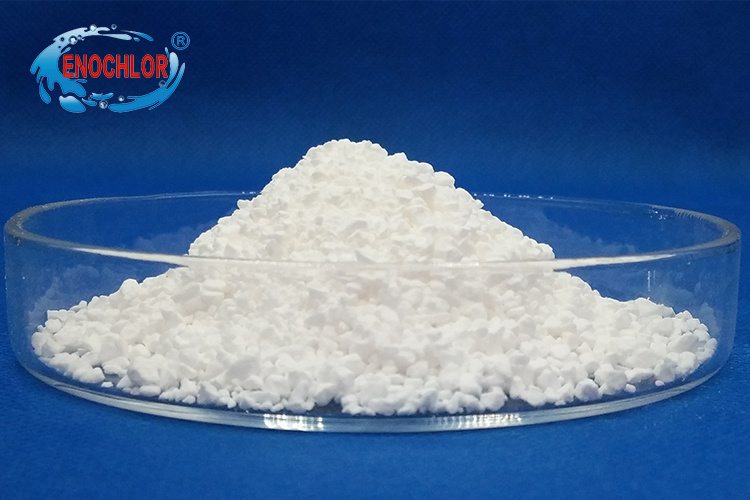27
2025
-
06
TCCA: Disinfection Across Dimensions
In a port sewage treatment plant in Hamburg, Germany, engineers are commissioning a new reaction unit. When slow-release particles containing special oxidative components are introduced into the wastewater, the originally dark water clarifies gradually within 48 hours—this oxidative technology, with trichloroisocyanuric acid (TCCA) at its core, is addressing global environmental governance challenges with scientific precision. From municipal engineering to healthcare systems, the applications of this technology have transcended traditional disinfection boundaries, serving as a vital medium connecting ecological protection and public health.
1. Precision Restoration of Aquatic Ecosystems
The governance case of Hamburg Port exemplifies the environmental value of oxidative technology. Researchers compounded TCCA with diatomite to create submersible modules, which monitoring data shows increased the removal rate of organic pollutants in water to 88% and reduced total phosphorus content by 52%. "The strong oxidizing property of this compound decomposes algal toxins, while the porous structure of diatomite adsorbs fine particles," explained project lead Anna. "The water quality in the port area has improved from inferior Class V to Class III, and trout that had vanished for years have reappeared." This collaborative model avoids the side effects of traditional agents on aquatic life.
2. Low-temperature Sterilization Solution for the Food Industry
In a Swiss cheese factory, the production line employs dry fog oxidation technology for disinfection. Micron-scale fog droplets containing a modified oxidative formula penetrate the fine crevices of cheese molds to eliminate Listeria monocytogenes. "Traditional high-temperature disinfection affects cheese flavor, but this low-temperature technology achieves the same effect at 35°C," said Technical Director Marc, presenting test reports. "Treated cheese retains 18% more key flavor compounds (like propionic acid) while reducing total bacterial colonies by 94%." Industry data shows this technology extends cheese shelf life by an average of 20 days and reduces microbial 超标 rates by 85%.
3. Long-term Protection in Healthcare Settings
In an infectious disease hospital in Tokyo, a nano-catalytic net containing oxidative components is installed in ward air handling systems. As air flows through, oxidative free radicals released by the net inactivate influenza viruses within 10 seconds, reducing pathogen concentrations in ward air by 92%. "Traditional disinfection methods have irradiation blind spots, but gas-phase oxidation acts without dead zones," noted infection control expert Yuki. "After implementing this system, the hospital's respiratory infection rate dropped by 63%, equivalent to preventing 300 nosocomial infections annually." Innovatively, the catalytic net's activity adjusts with humidity, automatically enhancing disinfection efficiency in dry seasons.
4. Mildew Prevention for Warehousing and Logistics
In a Brazilian coffee bean warehouse, staff lay moisture-proof pads embedded with oxidative crystals. The oxidative gases slowly released by these crystals maintain mold spore concentrations below 80 CFU/m³. "Coffee bean mildew rates during the rainy season once reached 25%," said Warehouse Manager Carlos, pointing to quality inspection reports. "After adopting this mildew prevention solution, the rate dropped to 4%, and antioxidant compounds (like caffeine) in coffee beans remained stable." A UN FAO survey indicates this technology could reduce annual food mildew losses by ~1.5 million tons in tropical regions.
5. Safety Assurance for Emergency Water Supply
During the 2023 Turkey earthquake relief, oxidative disinfection tablets became a core resource for temporary water supply. Rescue workers added tablets at a ratio of 0.5g/100L to reservoirs, and turbid surface water met drinking standards within 45 minutes. "In powerless disaster areas, this compound is preferred for its stability and efficiency," said WHO expert Ahmet. "It not only kills pathogens like Salmonella typhi but also removes water odors, ensuring drinking water safety for 100,000 affected people."
Previous
Previous
2023-04-23








